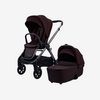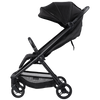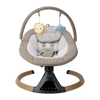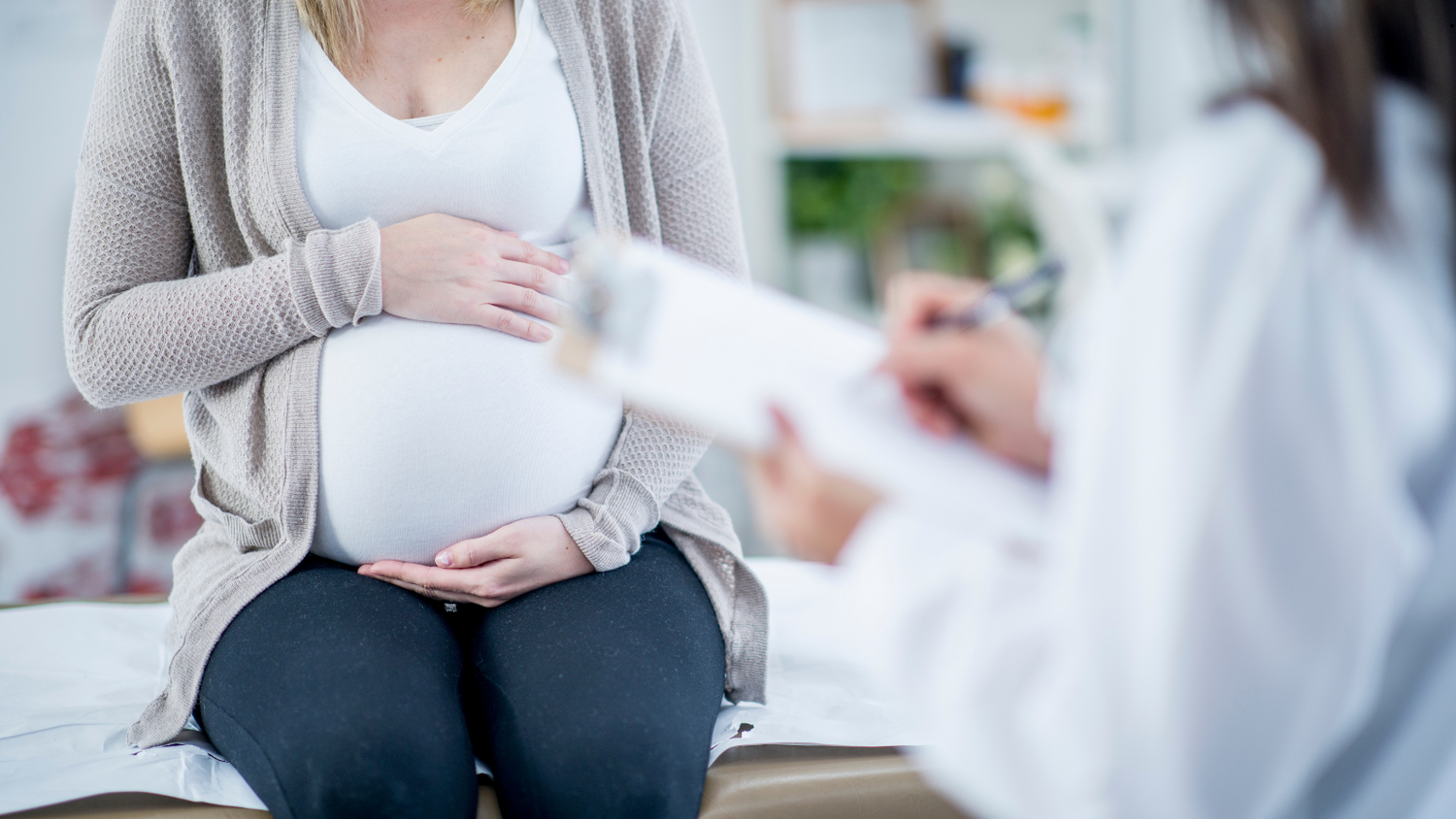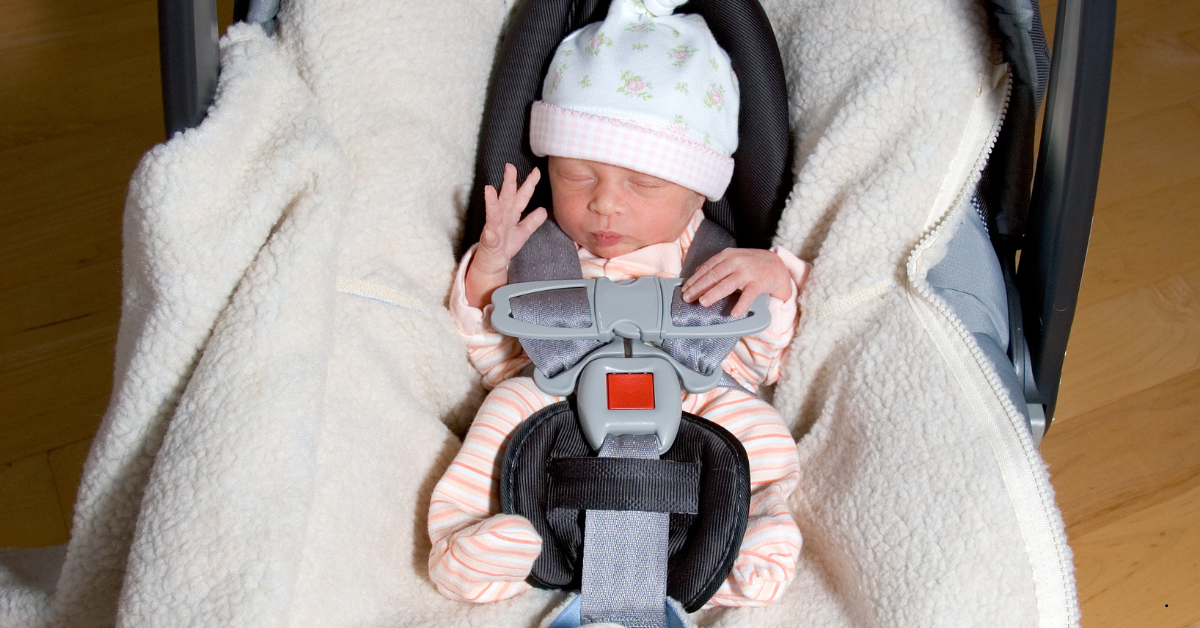In September 2025, Donald Trump made headlines by advising pregnant women to avoid taking Tylenol (the U.S. brand name for paracetamol), claiming it might be linked to autism in children. He urged that it should only be used “if absolutely necessary,” reigniting a public debate about whether paracetamol is safe during pregnancy.
Such statements have been met with strong pushback from the medical and scientific community, especially in the UK, where health authorities maintain well-established guidance on paracetamol use in pregnancy.
In this post, we’ll:
Review Trump’s claims and how experts have responded
Lay out what the NHS / UK medical authorities currently recommend
Discuss what the evidence says about risks and dosage
Offer practical guidance and caveats for pregnant readers
Quick FAQ: Paracetamol During Pregnancy
Can I take paracetamol while pregnant?
Yes, it’s considered safe and is the first-choice painkiller for pregnant women when used correctly.
How much paracetamol is safe?
Take 500–1,000 mg every 4–6 hours, but never exceed 4,000 mg in 24 hours.
How long should I take it for?
Use it only when needed and for the shortest possible time.
Trump’s Statements & Claims — What He Said
Trump claimed that acetaminophen (Tylenol) use during pregnancy may cause autism, linking it to rising autism rates. Wikipedia+3Reuters+3BMJ+3
He asserted that pregnant women should avoid it unless absolutely necessary, effectively urging caution. The Times of India+2AP News+2
He further proposed that the FDA should change the safety labeling on Tylenol to reflect possible autism risk. New York Post+2The White House+2
His comments also tied in with his proposals to revise vaccine schedules — claiming connections between painkillers, prenatal exposures, and neurodevelopmental conditions. Reuters+2Politico+2
These pronouncements quickly drew criticism from experts who called them unfounded, misleading, and lacking in rigorous scientific backing. berkshirehealthcare.nhs.uk+4BMJ+4The Independent+4
Expert and Official Responses
The UK Health Secretary, Wes Streeting, publicly rejected Trump’s claims, urging people not to rely on political figures for medical advice but to follow scientific consensus. The Guardian+2The Independent+2
The MHRA (Medicines and Healthcare products Regulatory Agency) reaffirmed that “taking paracetamol during pregnancy remains safe, and there is no evidence it causes autism in children.” GOV.UK+2GOV.UK+2
Their guidance emphasises that paracetamol remains the first-choice painkiller for pregnant women, used at the lowest effective dose and for the shortest duration. berkshirehealthcare.nhs.uk+3nhs.uk+3GOV.UK+3
The UK government published a “reminder” to patients and healthcare professionals reinforcing that no causal link has been established. GOV.UK
The National Autistic Society strongly condemned the mischaracterisation of autism risk, calling the claims “dangerous,” “misinformation,” and risking stigmatization. National Autistic Society
Major UK health media / government blogs emphasise that the evidence used to support Trump’s claims is weak, and that pregnant women should not abandon medically accepted guidance. healthmedia.blog.gov.uk+1
In short: Trump’s claims have not persuaded health regulators or scientists, especially in the UK, where established guidance remains unchanged.
The UK government "reminder" to patients and healthcare professionals reinforcing no causal link has been established: view the GOV.UK statement here.
What Do UK / NHS Authorities Recommend?
Here’s a summary of the official UK guidance regarding paracetamol and pregnancy:
| Topic | Official UK / NHS Position |
|---|---|
| First-choice painkiller | Paracetamol is the recommended first-line option for pain and fever in pregnancy. ( NHS) |
| Link to autism | The MHRA confirms there is no credible evidence that taking paracetamol during pregnancy causes autism. ( GOV.UK) |
| Lowest dose, shortest time | Use only as much as needed, for the shortest possible time. ( NHS) |
| Avoid NSAIDs later in pregnancy | Ibuprofen and other NSAIDs are not generally recommended in mid-to-late pregnancy unless prescribed. ( Tommy’s) |
| When to seek medical advice | If pain or fever does not improve, or if you need regular medication, consult a healthcare professional. ( NHS) |
| Continued monitoring | The MHRA keeps evidence under review and will update advice if new risks are found. ( GOV.UK) |
👉 Importantly: UK regulators have not changed their advice in response to Donald Trump’s comments.
What the Scientific Evidence Actually Says
Many studies that have suggested an association between prenatal paracetamol use and neurodevelopmental outcomes are observational, which means they can indicate correlation but cannot establish causation. Interpreting these findings is further complicated by confounding factors, such as the reason the mother took paracetamol in the first place — for example, due to infection, fever, or pain. Large population studies, including one in Sweden involving 2.4 million children, have not found convincing evidence of a causal link between prenatal paracetamol use and autism.
Expert epidemiologists emphasise that the existing evidence is often contradictory or limited by methodological weaknesses, and regulatory bodies continue to monitor new data closely. The London School of Hygiene & Tropical Medicine has reaffirmed that when taken within recommended limits, paracetamol is considered safe during pregnancy and does not increase the risk of autism.
It is also important to recognise that untreated fever, infection, or severe pain during pregnancy can pose risks to both mother and baby. For instance, high maternal temperature has been linked to neural tube defects, and systemic infections can be harmful. Pain relief and fever control therefore remain clinically important, and the potential long-term developmental outcomes of paracetamol use should be weighed against the clear benefits of medically justified treatment.
Practical Advice and Safe Dosage
During pregnancy, paracetamol is safe when used at the lowest effective dose for the shortest time. Typical dosing is 500–1,000 mg every 4–6 hours, never exceeding 4,000 mg (8 tablets) in 24 hours. Always check labels and avoid other medicines containing paracetamol to prevent accidental overdose.
You should seek medical advice if you have liver problems, take multiple medications, experience persistent pain or fever, or notice unusual symptoms such as rash or yellowing of the eyes.
Non-medication approaches can also help. Rest, hydration, gentle stretching, warm baths, pregnancy-safe exercise, and good sleep and posture can all reduce discomfort. When in doubt, consult your GP, midwife, or pharmacist.
Understanding the Evidence
Some studies have looked at whether taking paracetamol during pregnancy could affect a child’s development. Most of these studies are observational, which means they can spot patterns but can’t prove cause and effect. It’s also tricky because we don’t always know why the medication was taken — for example, was it for a fever, an infection, or pain?
The good news is that large studies, including one in Sweden with 2.4 million children, have not found solid evidence that paracetamol causes autism or other serious developmental issues. Experts continue to watch the research closely, and institutions like the London School of Hygiene & Tropical Medicine confirm that when paracetamol is taken as recommended, it’s considered safe during pregnancy.
It’s also important to remember that fever, pain, or infection that goes untreated can be risky for both you and your baby. High temperatures in particular can cause problems, so managing pain and fever is really important. The key takeaway is that using paracetamol responsibly when you need it is much safer than ignoring discomfort or fever.

